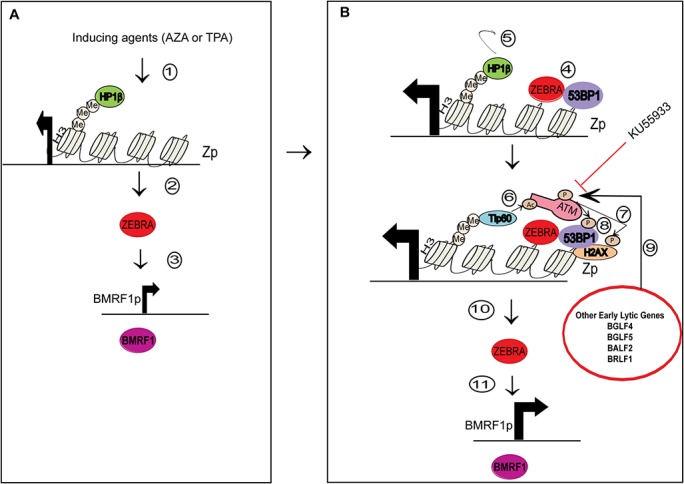Fig 13. Proposed model for the role of ZEBRA in induction of ATM phosphorylation during the EBV lytic cycle.

The model has two broad phases of lytic induction: A) Initial activation of the BZLF1 promoter (Zp) following induction of the lytic cycle, and B) Further activation of Zp through autoactivation [51] by ZEBRA and induction of ATM phosphorylation and DNA damage signaling by ZEBRA and other early lytic proteins. 1) Inducing agents such as AZA in HH514-16 cells or TPA in Raji cells target Zp which is epigenetically repressed by modified histones such as H3K9Me3 that recruit HP1β [52]. 2) ZEBRA, expressed at low levels 3) stimulates target promoters such as the BMRF1p resulting in expression of EA-D. 4) ZEBRA binds its own promoter where it associates with 53BP1 [53] and 5) and displaces HP1β from H3K9Me. 6) This process allows recruitment of Tip60 which acetylates and activates ATM [54]. 7) ATM phosphorylates H2AX and 8) 53BP1. 9) Other EBV lytic proteins including BGLF4, BGLF5, BALF2, and BRLF1, which are early lytic gene products, may also contribute to ATM kinase activation. ATM kinase activity leads to maximal autoactivation of the ZEBRA promoter leading to 10) increased levels of ZEBRA and 11) increased levels of BMRF1. The ATM inhibitor KU55933 prevents maximal activation of ZEBRA and BMRF1 promoters.
